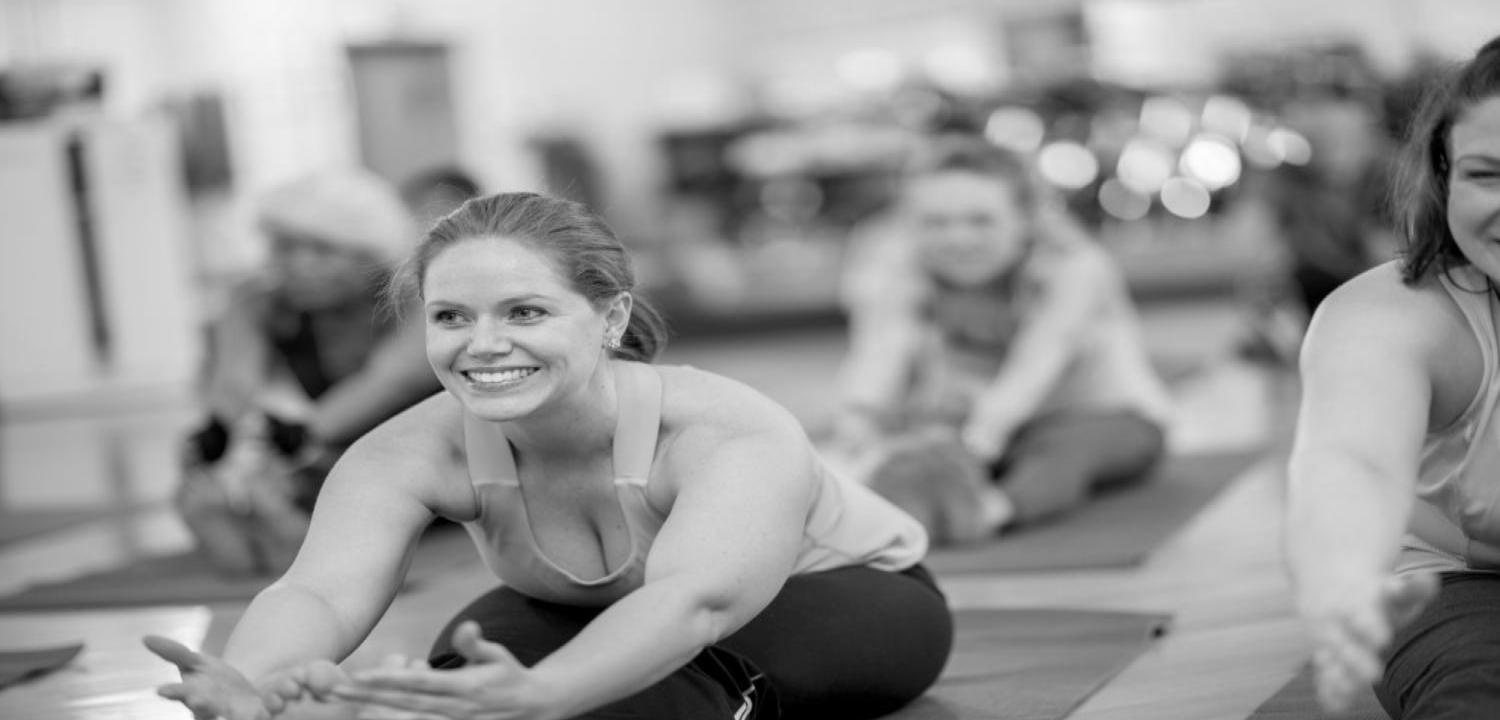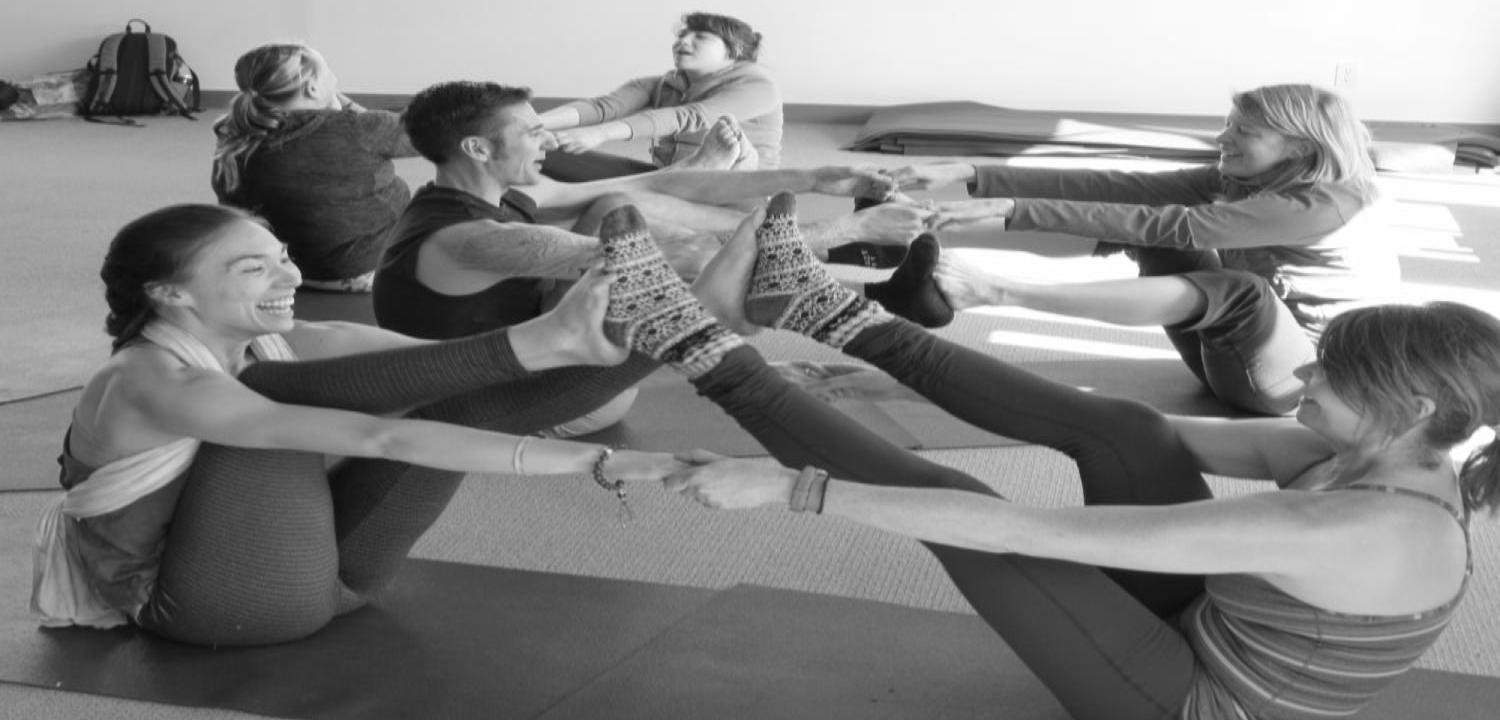Become A Yoga Teacher Starting At Only $2295.
Pranayama
Pranayama is a fundamental practice in traditional yoga that involves controlling the breath in various ways to channel the flow of energy within the body.
Prana, the life force, is believed to be carried by the breath, and by manipulating it, one can achieve a sense of stillness and calm, enhance mental clarity, and improve overall physical health. This cornerstone blog will delve into the various types of Pranayama, their benefits, and the science behind this ancient practice.
Introduction
Pranayama is a Sanskrit word that translates to “control of breath.” It is a fundamental practice in traditional yoga that involves controlling the breath in various ways to channel the flow of energy within the body. Pranayama is a complex practice that has been studied and practiced for thousands of years in India and has become increasingly popular in the Western world. In this cornerstone blog, we will delve into the various types of Pranayama, their benefits, and the science behind this ancient practice.
The breath is essential for life, and Pranayama seeks to use the breath as a tool for achieving physical, mental, and spiritual well-being. It is believed that prana, the life force, is carried by the breath, and by manipulating it, one can achieve a sense of stillness and calm, enhance mental clarity, and improve overall physical health. In this blog, we will explore the different types of Pranayama and how they can benefit us in our daily lives.
The practice of Pranayama involves various breathing techniques, including deep breathing, alternate nostril breathing, and skull shining breath, to name a few. These techniques help regulate the breath and improve oxygenation of the blood, which can have positive effects on the body’s overall health. The practice of Pranayama has been shown to reduce stress and anxiety, improve respiratory function, boost the immune system, enhance mental clarity and focus, increase energy levels, balance emotions, and improve cardiovascular health.
The practice of Pranayama is not just about controlling the breath; it is about cultivating awareness and attention to the present moment. Pranayama is a powerful tool for cultivating mindfulness and can help us connect with our inner selves. It can also help us regulate our emotions and reduce feelings of stress and anxiety. Pranayama is a practice that can benefit everyone, regardless of age, gender, or physical ability.
In this cornerstone blog, we will explore the different types of Pranayama in-depth and their benefits. We will also examine the scientific research behind the practice of Pranayama and how it affects the body and mind. We will discuss how to incorporate Pranayama into your daily life and provide some tips for getting started. By the end of this blog, you will have a comprehensive understanding of Pranayama and how it can benefit your overall well-being.
Types of Pranayama
Pranayama is a powerful practice that has been used for thousands of years to improve physical, mental, and emotional health. There are many types of Pranayama, each with their own unique benefits. Here, we will explore some of the most common types of Pranayama in greater detail.
Ujjayi Pranayama is a type of breathing technique that involves inhaling and exhaling through the nose while slightly constricting the throat. This creates a gentle hissing sound, often described as an “ocean-sounding” breath. Ujjayi Pranayama is believed to help calm the mind and enhance concentration. By focusing on the sound of the breath, practitioners are able to anchor their attention and remain present in the moment.
Nadi Shodhana Pranayama, also known as alternate nostril breathing, is another popular type of Pranayama. This technique involves inhaling through one nostril while closing the other, holding the breath briefly, and then exhaling through the opposite nostril. Nadi Shodhana Pranayama is believed to help balance the body’s energy channels and promote a sense of calm and harmony. This technique is often used as a way to prepare the mind and body for meditation.
Kapalbhati Pranayama is a rapid, forceful exhalation technique that involves forcefully exhaling through the nose while keeping the inhale passive. This technique is believed to help strengthen the abdominal muscles, improve digestion, and clear the mind. Kapalbhati Pranayama is often used as a way to stimulate the body and increase energy levels.
Bhastrika Pranayama is a rapid, forceful breath that involves inhaling and exhaling through the nose quickly and deeply while keeping the breath smooth and rhythmic. This technique is believed to increase energy levels, invigorate the body, and clear the mind. Bhastrika Pranayama is often used as a way to prepare the mind and body for meditation or as a way to increase vitality and energy throughout the day.
Sheetali Pranayama is a cooling breath that involves inhaling through the mouth while rolling the tongue into a tube shape, then exhaling through the nose. This technique is believed to cool the body, calm the mind, and reduce stress. Sheetali Pranayama is often used as a way to cool down after a vigorous yoga practice or as a way to reduce stress and anxiety.
In addition to these popular types of Pranayama, there are many other variations that are used to achieve specific outcomes. Some techniques focus on increasing lung capacity, while others are designed to calm the nervous system or promote relaxation. Regardless of the specific technique used, the goal of Pranayama is to harness the power of the breath to improve overall health and well-being.
One important aspect of Pranayama is that it is often practiced in conjunction with other forms of yoga, such as asana (yoga poses) and meditation. By combining these practices, practitioners are able to achieve a deeper level of mind-body connection and unlock the full potential of their practice.
In conclusion, there are many types of Pranayama, each with their own unique benefits. Whether you are looking to increase energy levels, reduce stress and anxiety, or improve overall physical health, there is a Pranayama technique that can help you achieve your goals. By incorporating this ancient practice into your daily routine, you can unlock the full potential of your mind and body and achieve a greater sense of health and well-being.
Benefits of Pranayama
Pranayama has numerous benefits, both physical and mental. Here are some of the most notable benefits:
Reduces stress and anxiety: Pranayama techniques such as deep breathing and alternate nostril breathing have been shown to activate the parasympathetic nervous system, which promotes relaxation and reduces stress and anxiety.
Improves respiratory function: Pranayama techniques can improve lung capacity, increase oxygen intake, and improve overall respiratory function.
Boosts immune system: Pranayama techniques can improve oxygenation of the blood, which can help to strengthen the immune system.
Enhances mental clarity and focus: Pranayama techniques such as Kapalbhati and Bhastrika can help to clear the mind, enhance focus, and increase mental clarity.
Increases energy levels: Pranayama techniques such as Bhastrika and Kapalbhati can increase energy levels and promote a feeling of invigoration.
Balances emotions: Pranayama techniques such as Nadi Shodhana can help to balance the emotions and promote a sense of calm and harmony.
Improves cardiovascular health: Pranayama techniques can improve circulation and promote cardiovascular health by reducing blood pressure and lowering the risk of heart disease.
Reduces inflammation: Pranayama techniques have been shown to reduce inflammation in the body. Inflammation is linked to a wide range of health problems, including chronic pain, heart disease, and diabetes.
Improves digestion: Pranayama techniques such as Kapalbhati can help to improve digestion by stimulating the digestive organs and increasing blood flow to the digestive tract.
Reduces symptoms of asthma: Pranayama techniques such as slow, deep breathing can help to reduce symptoms of asthma by increasing lung capacity and improving overall respiratory function.
Relieves headaches: Pranayama techniques such as Sheetali Pranayama can help to relieve headaches by reducing tension in the neck and shoulders and promoting relaxation.
Promotes restful sleep: Pranayama techniques such as Nadi Shodhana can help to promote restful sleep by calming the mind and reducing stress and anxiety.
Improves overall physical health: Regular practice of Pranayama can help to improve overall physical health by reducing the risk of chronic disease, improving cardiovascular health, and boosting the immune system.
Enhances spiritual well-being: Pranayama is an important part of traditional yoga practice, and many people find that it enhances their spiritual well-being and helps them to feel more connected to themselves and the world around them.
Reduces symptoms of depression: Pranayama techniques have been shown to help reduce symptoms of depression by promoting relaxation, reducing stress, and increasing mental clarity.
Improves self-awareness: Pranayama can help to increase self-awareness by promoting mindfulness and helping individuals to tune in to their physical sensations and emotional states.
Reduces symptoms of anxiety disorders: Pranayama techniques such as deep breathing can help to reduce symptoms of anxiety disorders by promoting relaxation and reducing stress.
Improves posture: Pranayama techniques can help to improve posture by strengthening the muscles of the back and promoting a sense of body awareness.
Enhances athletic performance: Pranayama techniques such as Bhastrika can help to enhance athletic performance by increasing energy levels and improving overall respiratory function.
Promotes longevity: Pranayama is believed to promote longevity by reducing the risk of chronic disease and promoting overall health and well-being.
Overall, the benefits of Pranayama are numerous and wide-ranging. Whether you are looking to reduce stress, improve your physical health, or enhance your spiritual well-being, incorporating Pranayama into your daily practice can be a powerful tool for achieving your goals.
In Conclusion
The benefits of regular practice of pranayama are numerous and can have a positive impact on every aspect of our being. Physically, pranayama can help to improve respiratory function and boost our immune system, leading to better overall health. Mentally, the practice of pranayama has been shown to reduce stress, anxiety, and depression, and increase feelings of calmness and well-being.
In addition, the spiritual benefits of pranayama are also significant. Through the practice of pranayama, we can deepen our connection to our inner self and to a higher power, which can lead to greater spiritual awareness and growth.
Overall, incorporating pranayama into our daily routine can be an important tool for enhancing our overall well-being. By dedicating just a few minutes each day to this ancient practice, we can experience numerous benefits that can positively impact our physical, mental, and spiritual health.
Whether you are new to the practice or have been practicing for years, the benefits of pranayama are undeniable and can help us to live a more fulfilling and balanced life.





